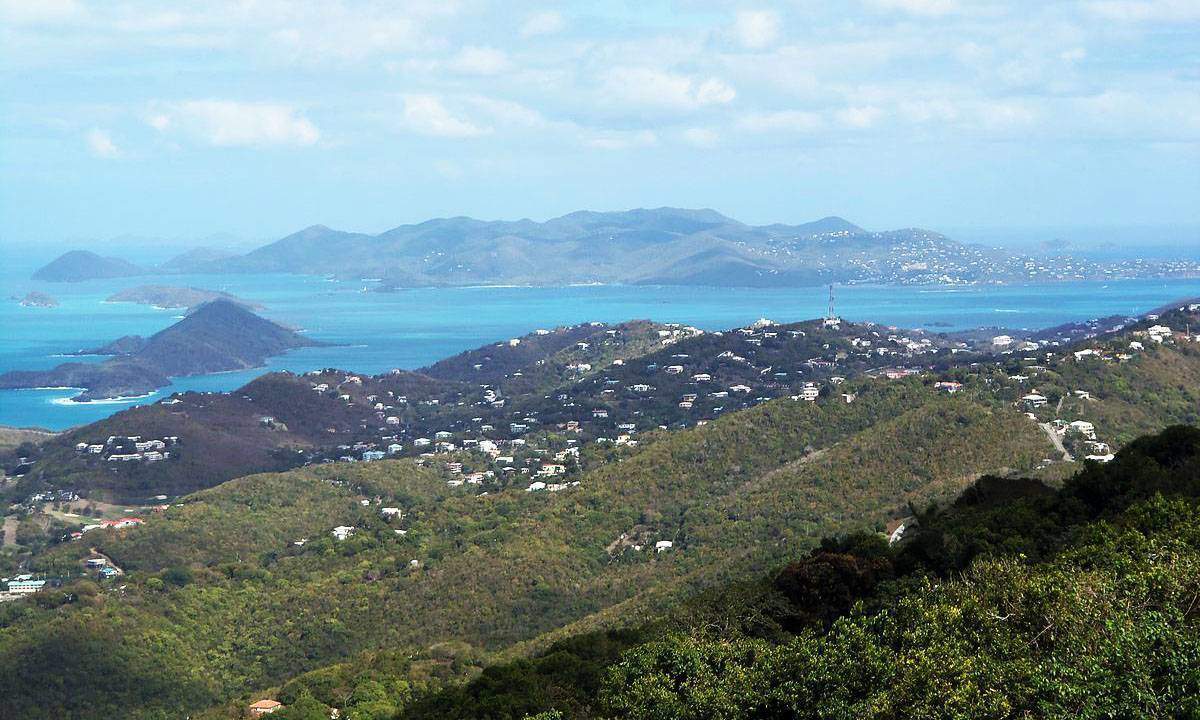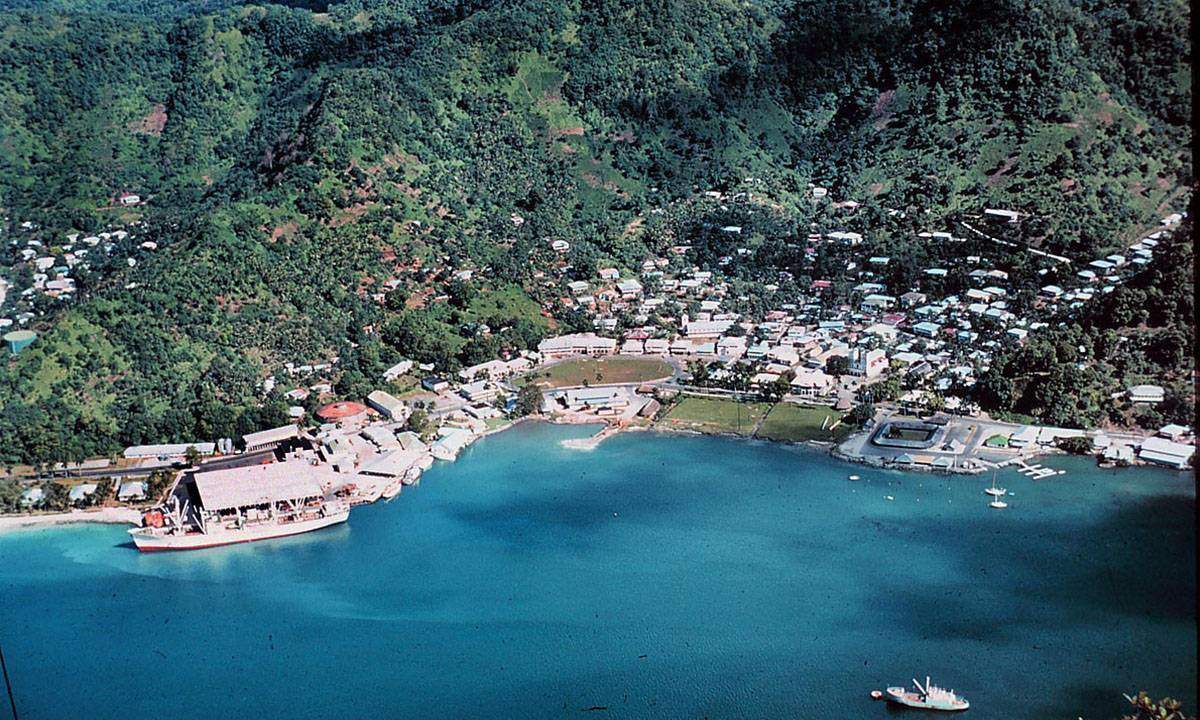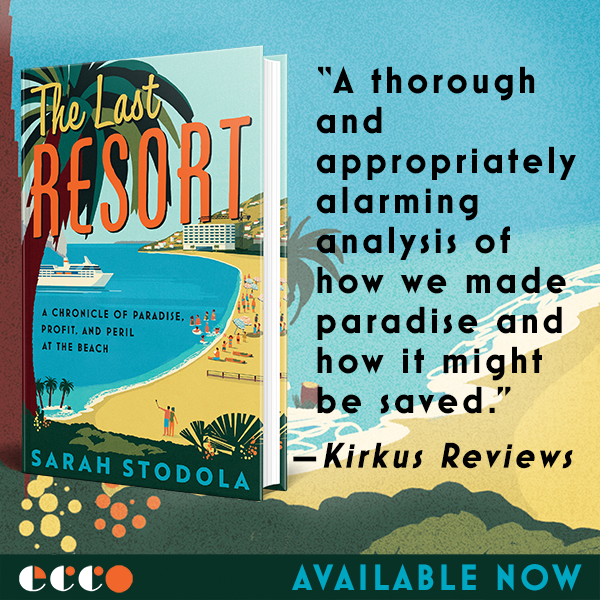From sea to shining sea—that last line of “America the Beautiful” speaks to an integral element of the American narrative, in which we’re romanced by a vast, beautiful, and unified land. Sure, Americans include nods to Hawaii and Alaska when considering their country—those are two states with stars on the flag, after all. But many fail to give the other territories much thought. And it’s our loss, argues Doug Mack in his rollicking new travelogue, The Not-Quite States of America: Dispatches from the Territories and Other Far-Flung Outposts of the USA.
Mack peppers the account of his 30,000-mile trip with liberal doses of history. There’s a lot to learn in this book about the five inhabited American territories. Here are some of the most fascinating nuggets.
“Love Land” in Guam
Talofofo Falls Park might sound like an innocuous enough destination—and there are some beautiful falls there—but don’t let that fool you. Tucked into dense vegetation and fronted with standard-issue amusement park attractions such as bumper cars and spinning teacups, visitors will find an R-rated “Love Land”—a sculpture park in which the statues represent various sex acts.
An NFL Pipeline in American Samoa
Fly all the way West to Hawaii. Then fly six hours more. You’ll reach American Samoa, whose biggest contribution to the United States comes in a rather unexpected field: American football. The rolls for the 2015-2016 NFL season were packed with 28 players of American Samoan ancestry, while more than 200 played in Division 1 college programs.



Murder in Paradise, aka the U.S. Virgin Islands
Think today’s geopolitical landscape is charged? The 18th-century game of Risk played between Spain, England, the French and the Danish over what are now the U.S. Virgin Islands gives today’s leaders a run for their money. Not one of these countries could keep hold of the territory, as it changed hands countless times in the 1700s. Tensions between the English and the Dutch over the island of Saint Croix, in particular, boiled to such a froth that the Dutch governor killed his English counterpart, hoping that would settle the issue. It didn’t.
Grapes of Wrath Meets Will Rogers in Puerto Rico
The jibaros, the peasants on whose backs much of Puerto Rico was built, have become a diminishing presence but the archetype, with dirt on his hands and a song in his heart, has remained essential to Puerto Rico’s identity. The jibaro has pretty much lost the fight to globalization. Case in point: Puerto Rico has the highest concentration of Walmarts in the world. In a nod to the past, there is a monument to the jibaro up in the mountains, which you’ll chance upon if you take the tollway that connects the island’s north and south coasts.
![Suicide Cliff in the North Mariana Islands. By English: Abasaa 日本語: あばさー (Own work) [Public domain], via Wikimedia Commons](http://flungmagazine.com/wp-content/uploads/2017/04/Suicide-Cliff.jpg)
![Suicide Cliff in the North Mariana Islands. By English: Abasaa 日本語: あばさー (Own work) [Public domain], via Wikimedia Commons](http://flungmagazine.com/wp-content/uploads/2017/04/Suicide-Cliff.jpg)
On the northern tip of Saipan, the largest of the 15 islands that comprise the Northern Mariana Islands, a series of jagged mountains drop off precipitously toward the sea. One was named Suicide Cliff, for good reason. Between 2,000 and 4,000 Japanese civilians and troops leaped to their deaths here during World II in order to avoid humiliation and torture at the hands of the advancing American troops.








